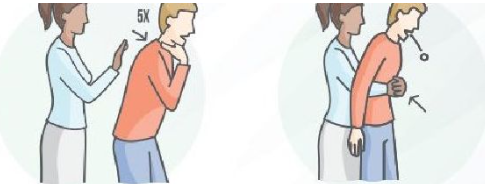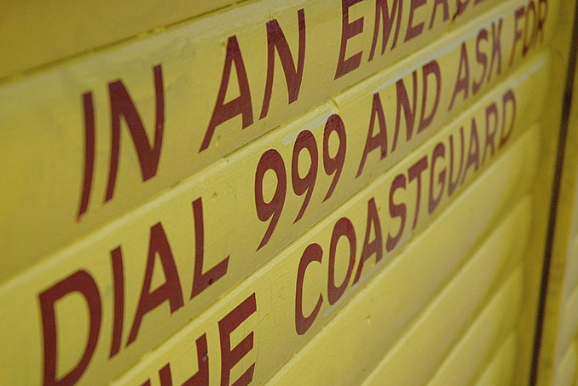What To Do If Someone Is Choking
What is Choking?
Choking occurs when something becomes stuck in the throat, blocking the airway and preventing breathing. Signs that someone may be choking include difficulty speaking, a red puffy face and evidence of distress such as grasping the neck. Knowing how to respond swiftly in such situations can save lives.
How Common is Choking?
Several thousand people die every year from choking in the UK, according to the National Safety Council.
Emergency first aid training courses like those available from tidaltraining.co.uk/emergency-first-aid-training-courses cover choking episodes but here’s a brief step-by-step guide:
Assess the Situation
If you ask the person, “Are you choking?” they may be able to answer, in which case they may be able to clear their throat themselves by coughing. If they cannot speak, cough, breathe or make any kind of noise, they need immediate help.
Take Action
Cough – encourage the person to cough out the obstruction, as this is the body’s natural response to clearing the airway. Remove any obvious objects from their mouth. If this doesn’t work,
Hit – stand behind and to the side of the person, lean them forward slightly and with the heel of your hand deliver up to five firm thumps between their shoulder blades. After each strike, check for objects in their mouth. If this doesn’t work,
Squeeze – standing behind the person, put your arms around their waist. Clench one hand into a fist and place it against the person’s stomach below the ribcage and just above the belly button. Holding your fist with your other hand, pull sharply inward and upward, up to 5 times. Check their mouth after each thrust. If this doesn’t work,
Call 999 or 112 for emergency help. Repeat the back blows and abdominal thrusts until help arrives. Stay calm and try to reassure the person, as panic can make the situation worse.
If the person becomes unconscious and stops breathing, start CPR immediately. Emergency first aid training courses also cover CPR and the need for quick action in such critical situations.










